Breastfeeding has been the most natural way of feeding infants since the beginning of human existence. Still, the act makes many people wildly uncomfortable. In fact it makes people so uncomfortable, society continues to shame and stigmatize breastfeeding mothers, forcing them to either do it elsewhere or to cover their breasts completely.
Sadly, seeing a child fed in public with a bottle rather than a boob doesn’t seem to make people uncomfortable, despite the fact that breastfeeding is completely natural. A large amount of this abashment of breastfeeding stems from ignorance. More importantly, this response is driven by the sexualization of women’s breasts.
Societal norms deem women’s breasts and nipples purely as sexual objects. This leads to the belief that they should either be forbidden in public or perceived exclusively in a sexual nature. Still, breasts do what breasts were meant to do by producing milk and feeding the mother’s child. Despite these necessary biological functions, breastfeeding is often seen as gross or indecent.
Although there are laws in 49 states that protect a woman’s right to breastfeed in public, women have been shamed all over the country for breastfeeding in schools and churches, on buses, in Walmart and even in homeless shelters.
In 2014, a paying customer at a Victoria’s Secret—obvious supporters and large money makers who benefit from the sexualization of breasts—was asked to go to the nearest alleyway to feed her child. This occurred in a mall store where large images of cleavage are prominent at the front of the store.
Asking a mother to feed her baby in an alley or even a public bathroom can be downright unsanitary. It is selfish to be so uncomfortable and offended by breasts and breastfeeding that a mother is asked to leave the premises simply to feed her child.
Social media sites like Facebook and Instagram deem photos of breastfeeding inappropriate and are flagged for being “sexually explicit,” even if no nipples are exposed—another, equally frustrating issue. By doing this, Facebook is furthering the stigma, shame and embarrassment that breastfeeding mothers feel.
A recent case involves a woman who “squirted” her breast milk at another woman in a public park. During this incident, a woman had complained to the mother, telling her to move because her “very easily distracted husband” and child were staring. She didn’t believe they should be exposed to such things.
It is frustrating to see that as a society, we can’t understand that the fault doesn’t lie with the breastfeeding mother, though in this case the mother supposedly assaulted the complaining woman. Squirting breast milk at a heckler may be a bit much, but instead of asking the mother to leave, the bystander could have instead educated her husband and child about breastfeeding.
Or, if she were so uncomfortable with the reaction her family had to the act of breastfeeding, she could have easily relocated herself and her family.
By hiding away a breastfeeding mother and child, we continue to add to the stigma. Additionally, instead of hiding breastfeeding, we should teach children and help them to understand it early on. This type of response could eventually stop the cycle of breast oversexualization.
Education and understanding can help stop ignorance. Breastfeeding should be about the infant in every situation, not the bystander who may be uncomfortable with one of the most natural and beautiful processes of mammals.

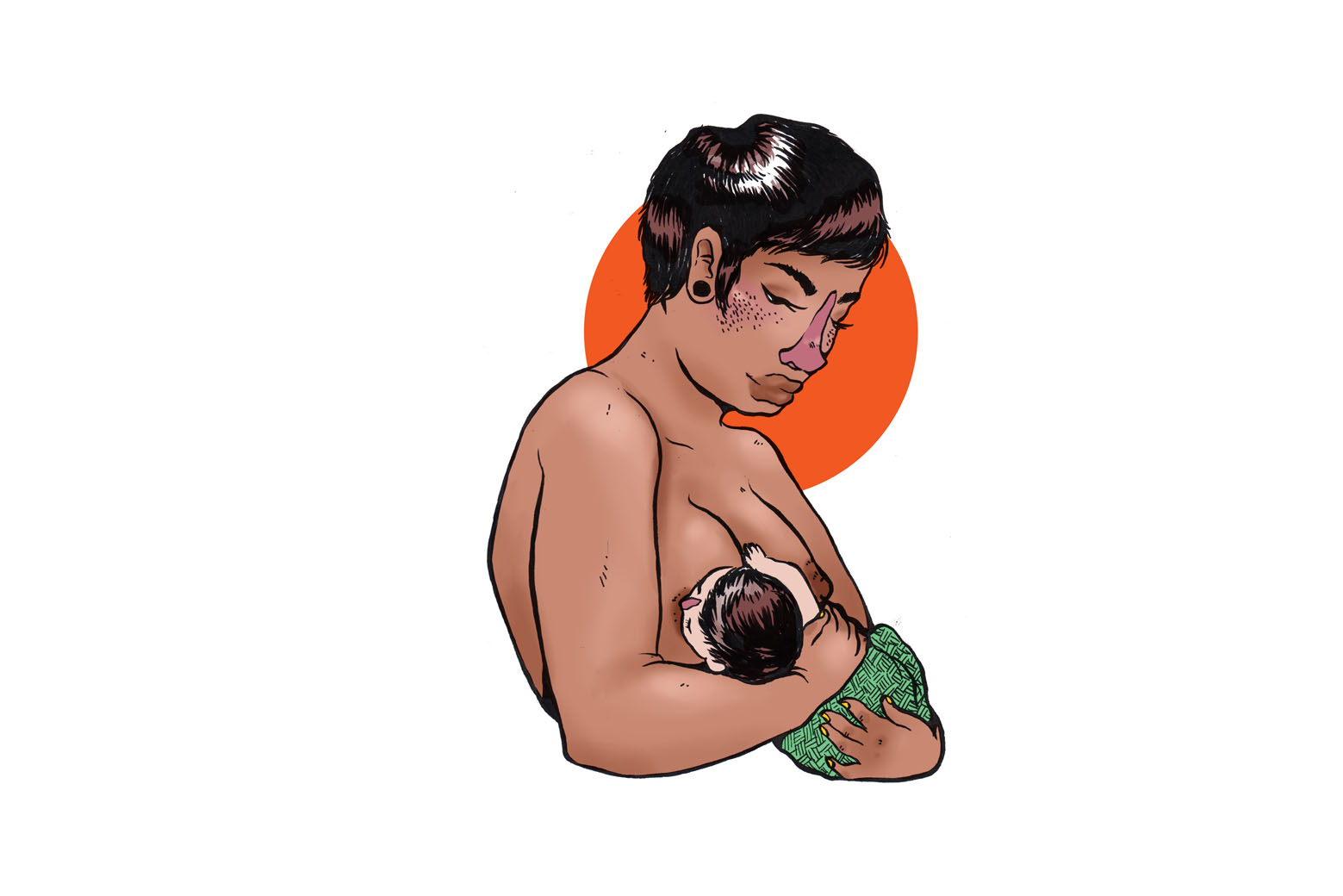
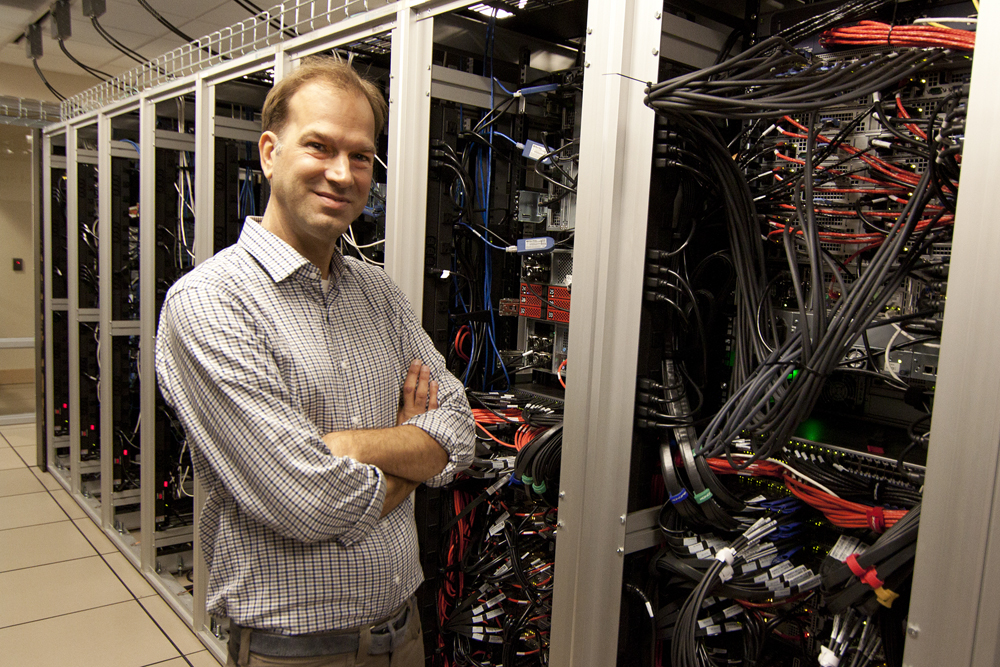
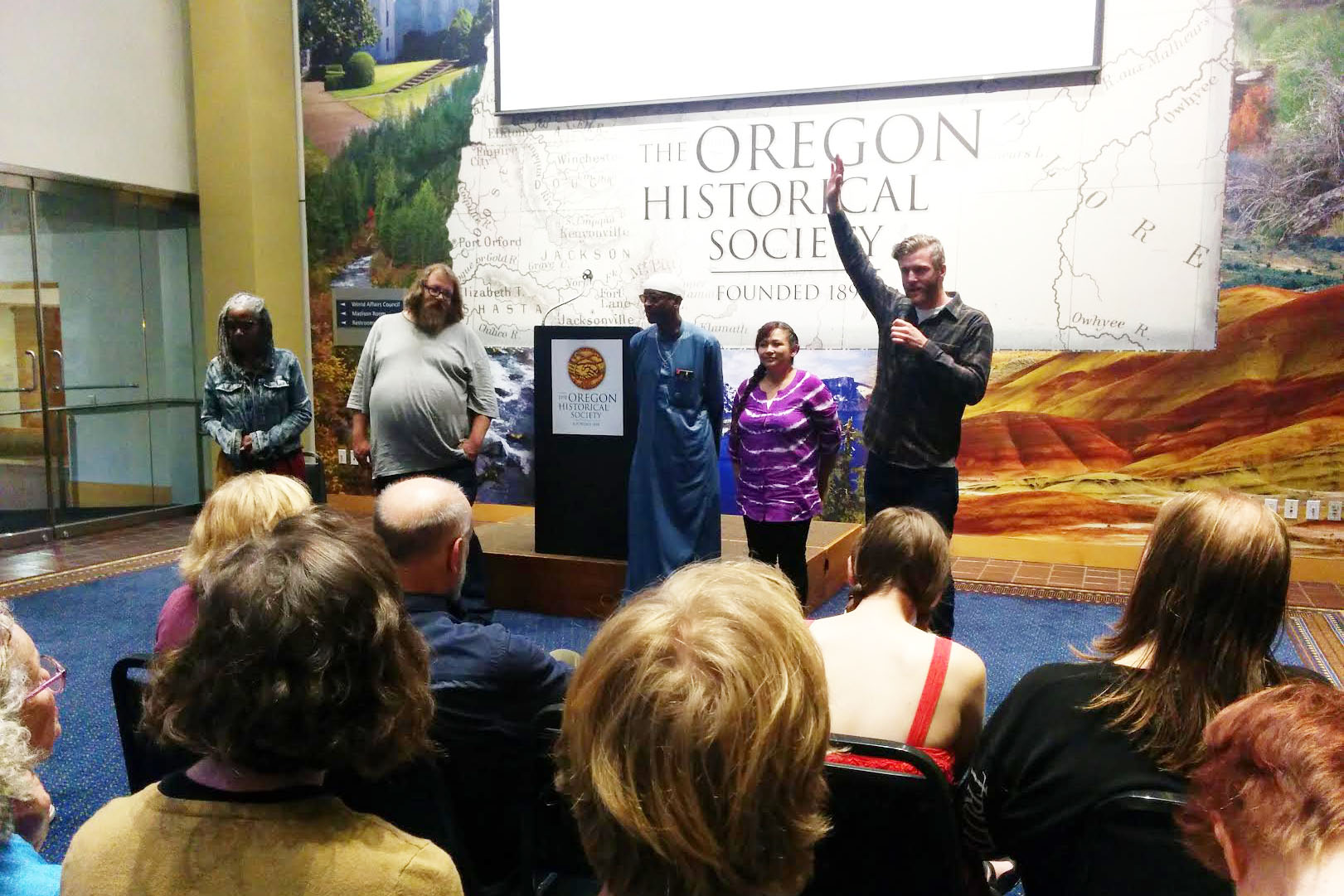

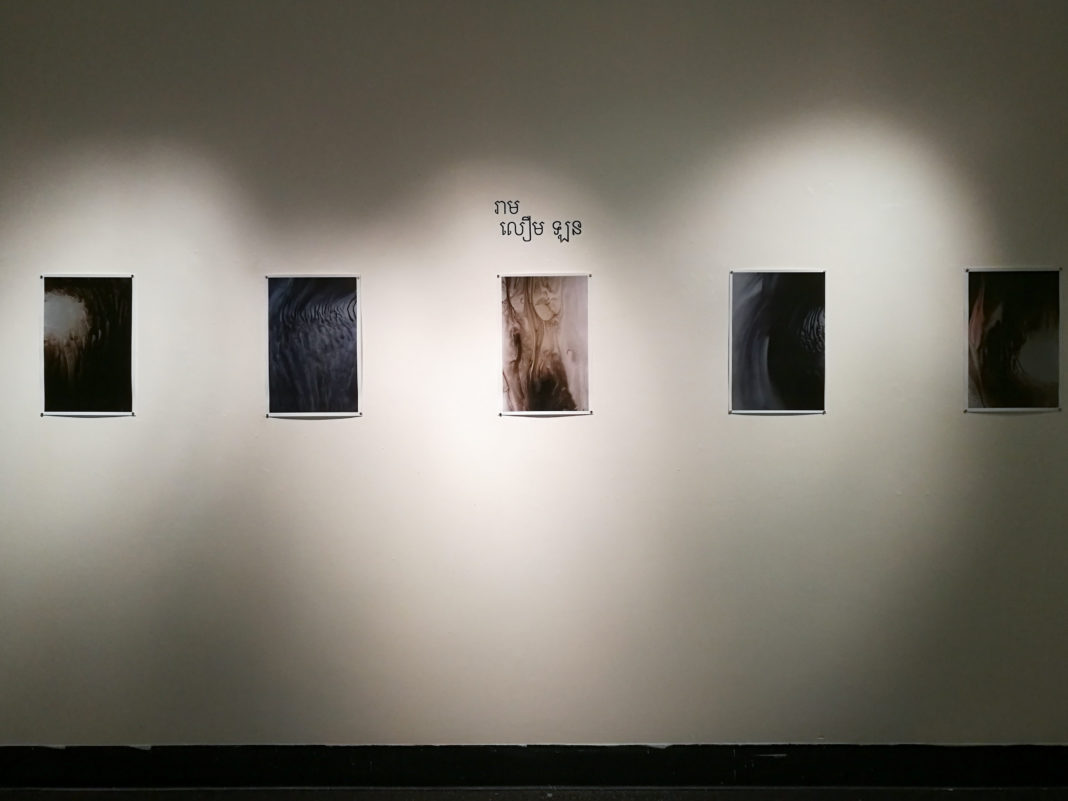
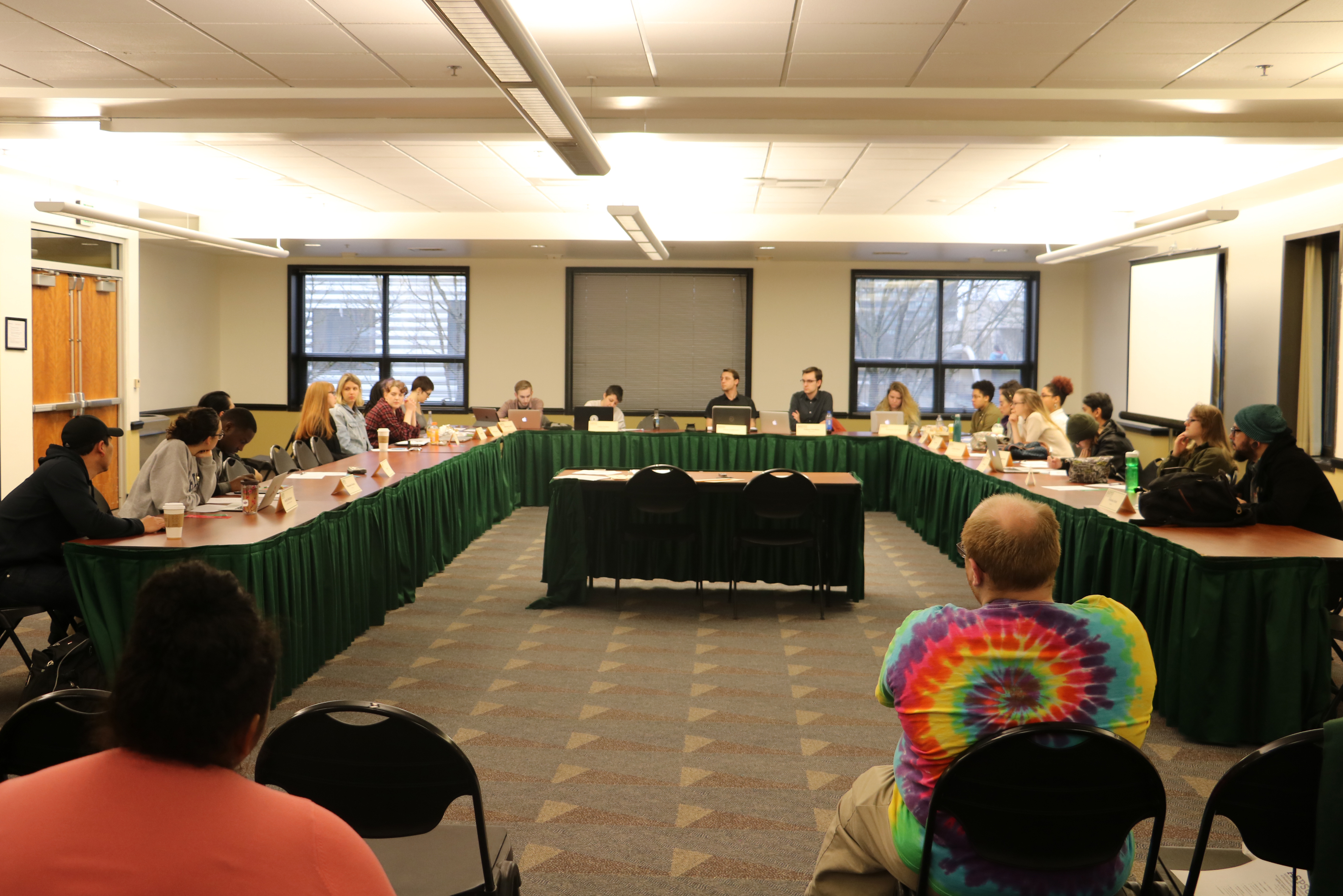
Thanks for this resounding and exquisitely illustrated endorsement of Nature’s universal nurturing and nutrition plan and, not incidentally, a plea for achieving a saner view of women’s bodies. Indeed, the more children – and everyone else – see mothers breastfeeding, the less it will be noticed.
Readers might appreciate an essay I published on the topic in May of this year http://www.huffingtonpost.com/entry/breastfeeding-one-mans-perspective_us_57343d70e4b0ed0ca07a7cb3.
Coincidentally, I’m just back from the reunion of my Peace Corps Volunteer group, which trained at Portland State (then) College before departing for Turkey in 1966. I’m glad to see that the dynamic culture I first encountered there 50 years ago as an eastern implant (PA) is still vibrant today.